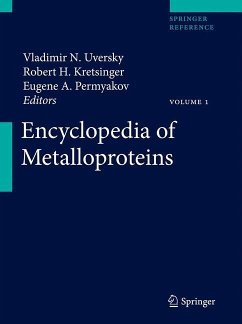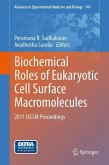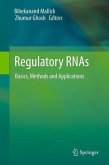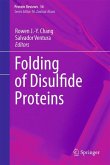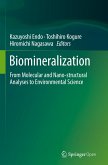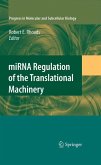In biochemistry, a metalloprotein is a generic term for a protein that contains a metal cofactor. The metal may be an isolated ion or may be coordinated with a nonprotein organic compound, such as the porphyrin found in hemoproteins. In some cases, the metal is co-coordinated with a side chain of the protein and an inorganic nonmetallic ion. This kind of protein-metal-nonmetal structure is seen in iron-sulfur clusters
Metalloproteins deals with all aspects related to the intracellular and extracellular metal-binding proteins, including their structures, properties and functions. The biological roles of metal cations and metal-binding proteins are endless. They are involved in all crucial cellular activities. Many pathological conditions are related to the problematic metal metabolism.
Research in metalloprotein-related topics is therefore rapidly growing, and different aspects of metal-binding proteins progressively enter curricula at Universities andeven at the High School level on occasion. However, no key resource providing basic, but comprehensible knowledge on this rapidly expanding field exists. The Encyclopedia of Metalloproteins aims to bridge this gap, and will attempt to cover various aspects of metalloprotein/metalloproteomics and will deal with the different issues related to the intracellular and extracellular metal-binding proteins, including their structures, properties and functions. The goal is to cover exhaustively all catalytically and biologically crucial metal ions and to find at least one interacting protein for other metal ions. The Encyclopedia of Metalloproteins will provide a key resource for advanced undergraduate and graduate students, researchers, instructors, and professors interested in protein science, biochemistry, cell biology, and genetics.
Metalloproteins deals with all aspects related to the intracellular and extracellular metal-binding proteins, including their structures, properties and functions. The biological roles of metal cations and metal-binding proteins are endless. They are involved in all crucial cellular activities. Many pathological conditions are related to the problematic metal metabolism.
Research in metalloprotein-related topics is therefore rapidly growing, and different aspects of metal-binding proteins progressively enter curricula at Universities andeven at the High School level on occasion. However, no key resource providing basic, but comprehensible knowledge on this rapidly expanding field exists. The Encyclopedia of Metalloproteins aims to bridge this gap, and will attempt to cover various aspects of metalloprotein/metalloproteomics and will deal with the different issues related to the intracellular and extracellular metal-binding proteins, including their structures, properties and functions. The goal is to cover exhaustively all catalytically and biologically crucial metal ions and to find at least one interacting protein for other metal ions. The Encyclopedia of Metalloproteins will provide a key resource for advanced undergraduate and graduate students, researchers, instructors, and professors interested in protein science, biochemistry, cell biology, and genetics.

